*Warm reminder*
This work already has an automatic steering and separation program, and a prompt will be issued at the end of the program indicating that you need to manually operate it
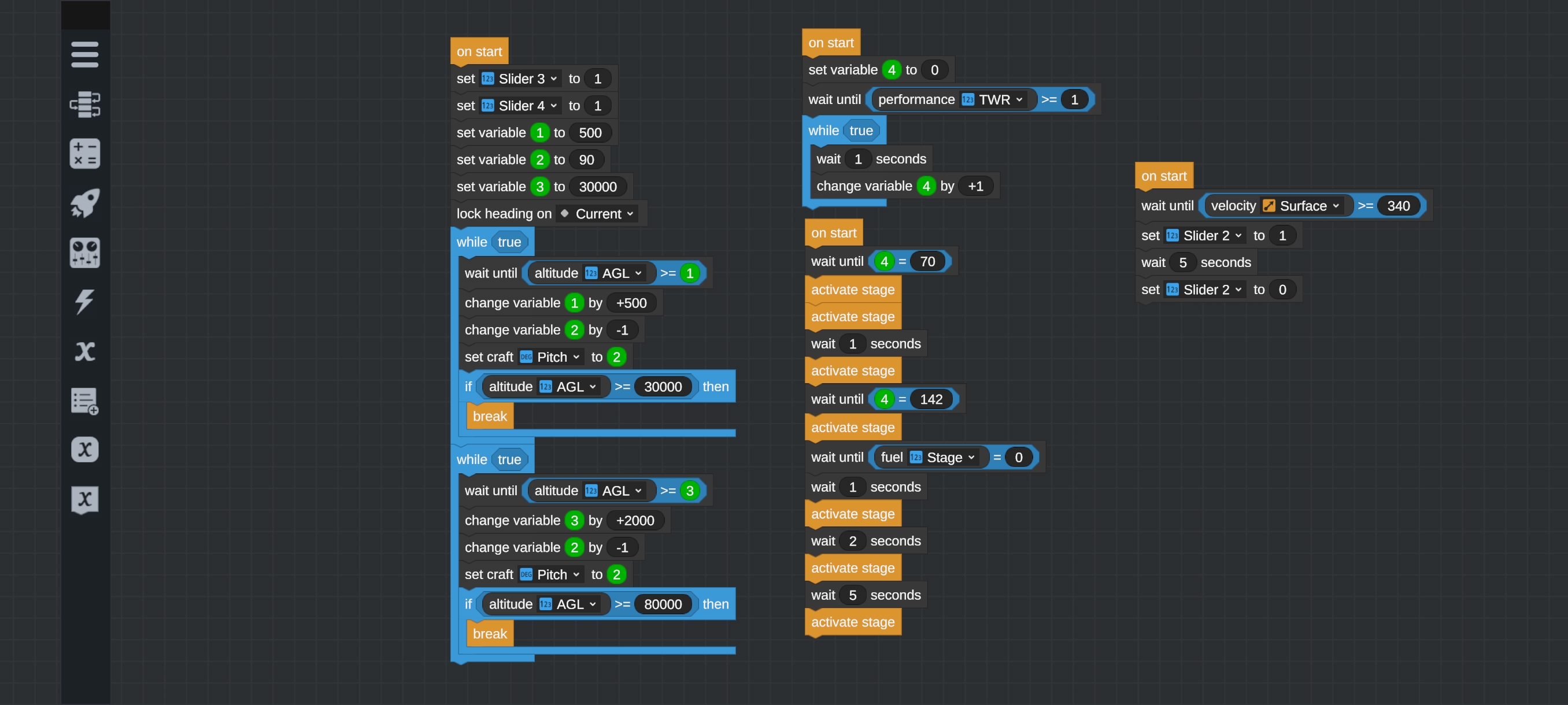
*Operation Introduction*
AG9-----Solar panel deployment
*Detector Introduction*
The Dawn spacecraft was an unmanned asteroid probe launched by NASA in 2007. Its mission was to explore the two largest objects in the asteroid belt between Mars and Jupiter: Vesta and Ceres. It was the first spacecraft in history to orbit two different extraterrestrial bodies.
Primary Science Objectives
Dawn's main scientific goal was to study Vesta and Ceres to reveal the conditions of the early solar system by understanding their characteristics and evolution. Scientists believe these two bodies are "protoplanets"—celestial bodies that began forming into planets but whose growth was halted, thus preserving crucial information from the solar system's dawn.
Technological Highlights
The most notable technological feature of the Dawn spacecraft was its advanced ion propulsion system. Compared to traditional chemical propulsion, ion thrusters are highly efficient, providing continuous, low thrust over long periods with very little fuel, enabling the long journey and complex orbital maneuvers.
Mission Timeline and Major Discoveries
2011-2012: Dawn successfully entered orbit around Vesta and conducted detailed observations for 14 months. It discovered that Vesta is a differentiated body with an iron core and a rocky mantle, and its surface features include a massive south polar impact crater and deep troughs.
2015: Dawn departed Vesta and traveled to Ceres, successfully entering its orbit and becoming the first spacecraft to orbit a dwarf planet.
2015-2018: Observations of Ceres yielded astonishing discoveries. Most notably, bright salt deposits were found on its surface, suggesting that Ceres may have had a global subsurface ocean in the past and might even retain liquid water today. The probe also discovered a large isolated mountain, Ahuna Mons, on Ceres.
End of Mission
On November 1, 2018, after running out of fuel and completing all its scientific objectives, NASA announced the end of the Dawn mission. The spacecraft was left in a long-term silent orbit around Ceres, becoming an artificial satellite of the dwarf planet.
Significance
The Dawn mission vastly improved our understanding of the asteroid belt and the early history of the solar system. By conducting comparative studies of two distinct bodies, Vesta and Ceres, it helped scientists better understand planetary formation processes and the role of water in the evolution of the solar system.


If you like my work, why don't you give me a like? Thank you very much!
GENERAL INFO
- Created On: Android
- Game Version: 1.3.204.1
- Price: $2,090,906,764k
- Number of Parts: 681
- Dimensions: 53 m x 8 m x 15 m
PERFORMANCE
- Total Delta V: 43.7km/s
- Total Thrust: 6.5MN
- Engines: 41
- Wet Mass: 2.78E+5kg
- Dry Mass: 1.5E+5kg
STAGES
| Stage | Engines | Delta V | Thrust | Burn | Mass |
|---|---|---|---|---|---|
| 1 | 7 | 3.5km/s | 4.5MN | 4.2m | 2.51E+5kg |
| 2 | 3 | 559m/s | 1.8MN | 69s | 2.51E+5kg |
| 3 | 0 | 0m/s | 0N | 0s | 1.91E+5kg |
| 4 | 0 | 0m/s | 0N | 0s | 1.31E+5kg |
| 5 | 0 | 0m/s | 0N | 0s | 71,188kg |
| 7 | 1 | 28.7km/s | 43kN | 15.7m | 9,867kg |
| 9 | 8 | 2m/s | 4kN | 1s | 2,699kg |
| 11 | 1 | 4.2km/s | 67kN | 81s | 2,494kg |
| 14 | 3 | 6.8km/s | 48N | 1.64days | 1,075kg |



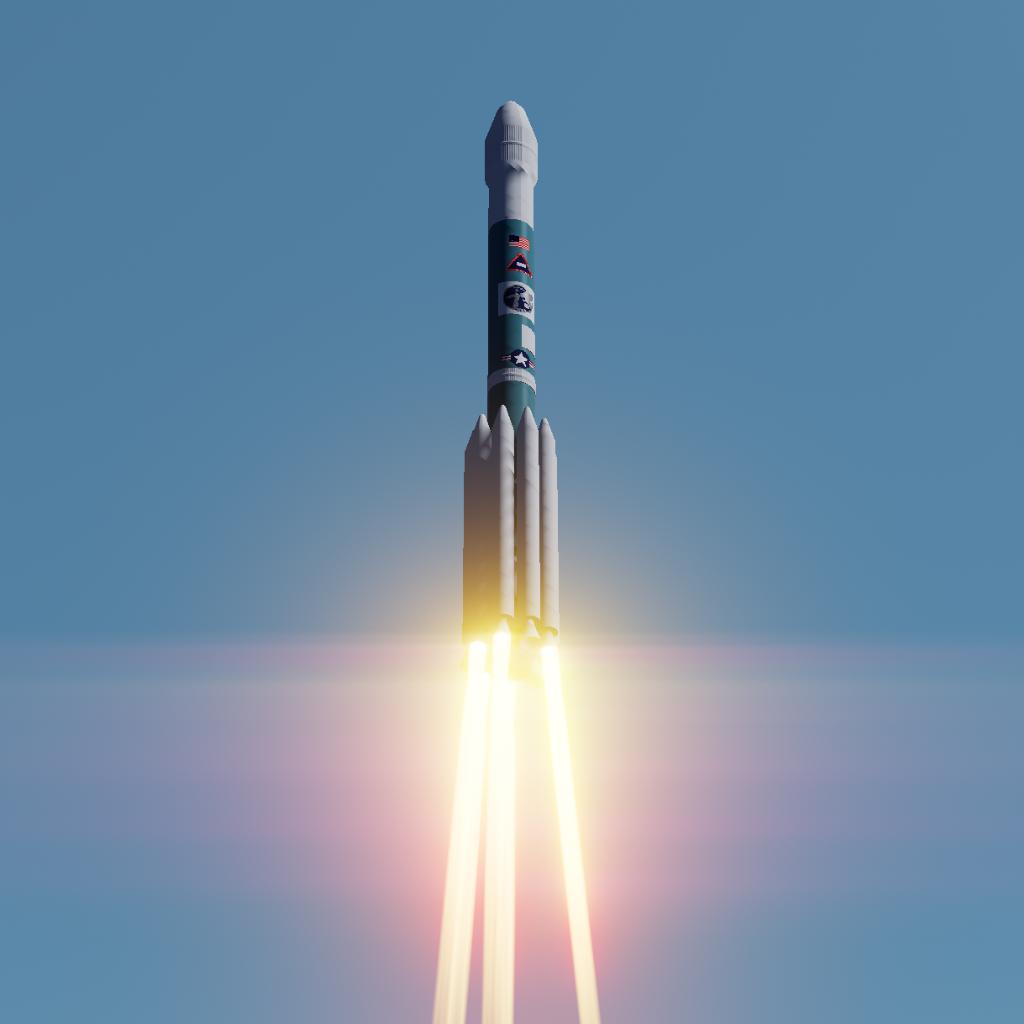

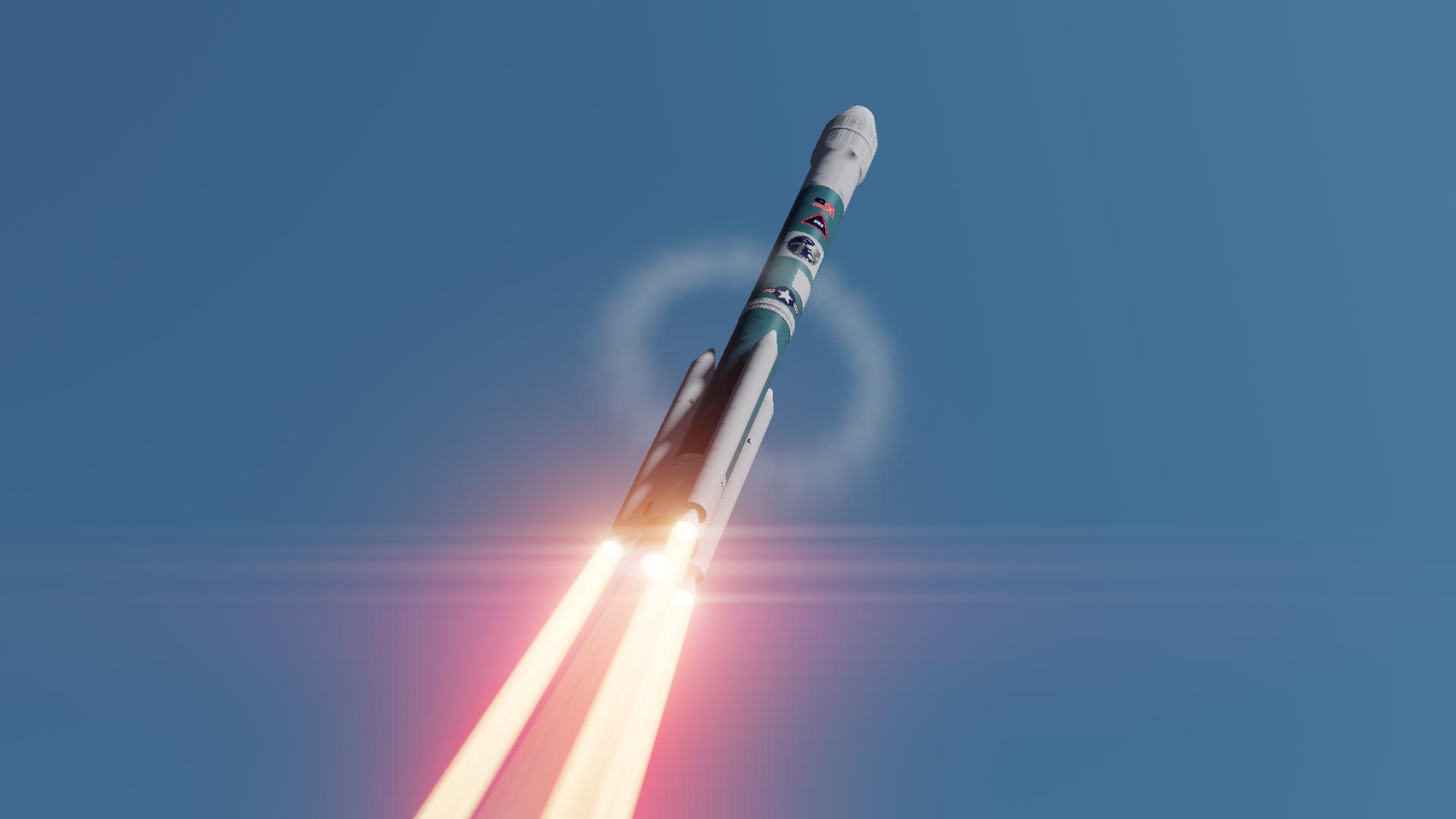
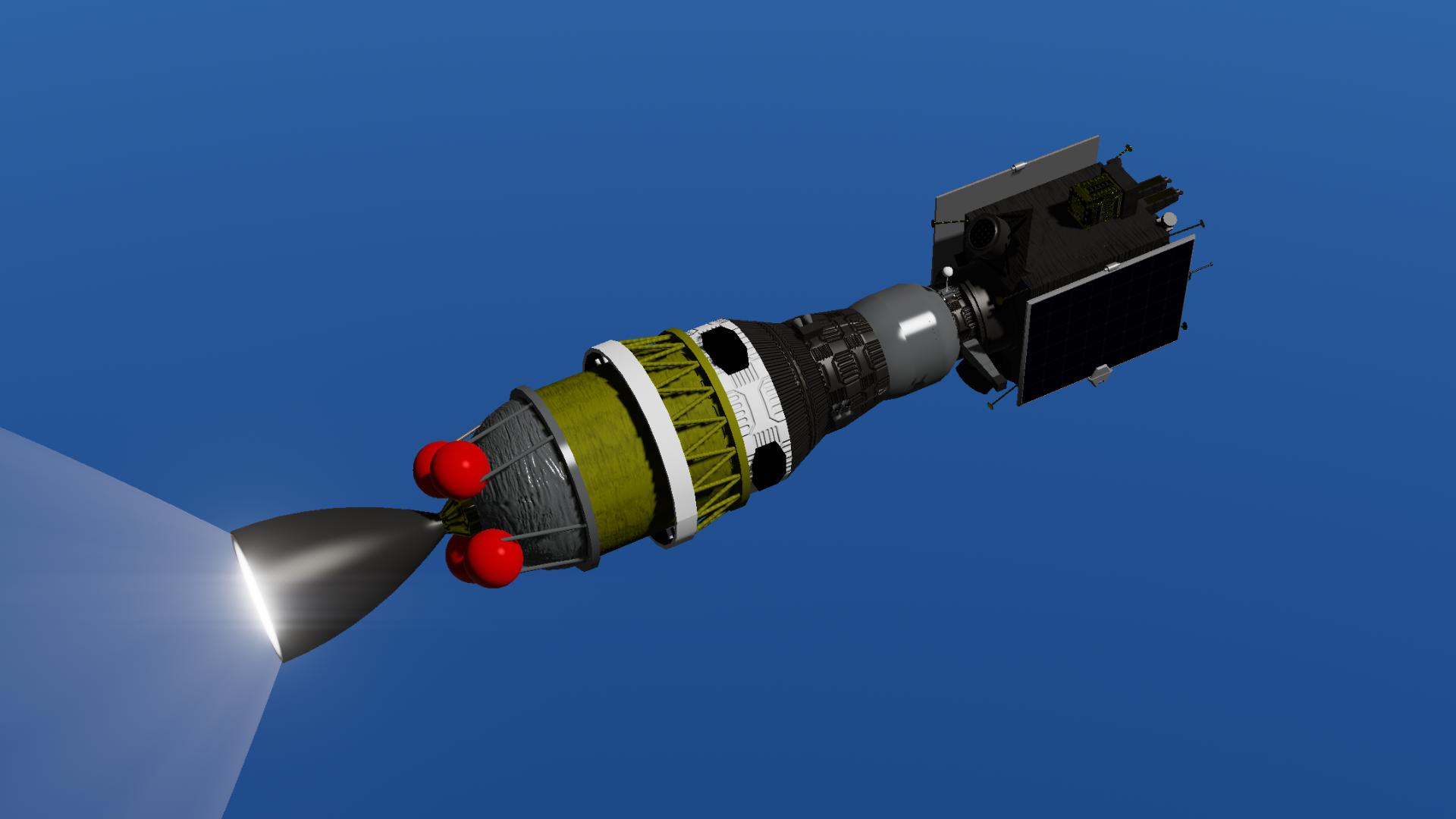
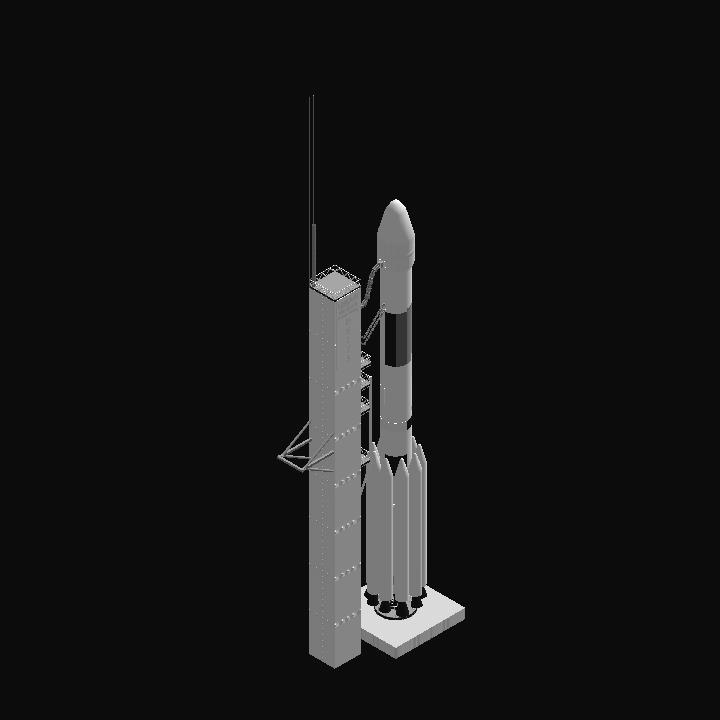
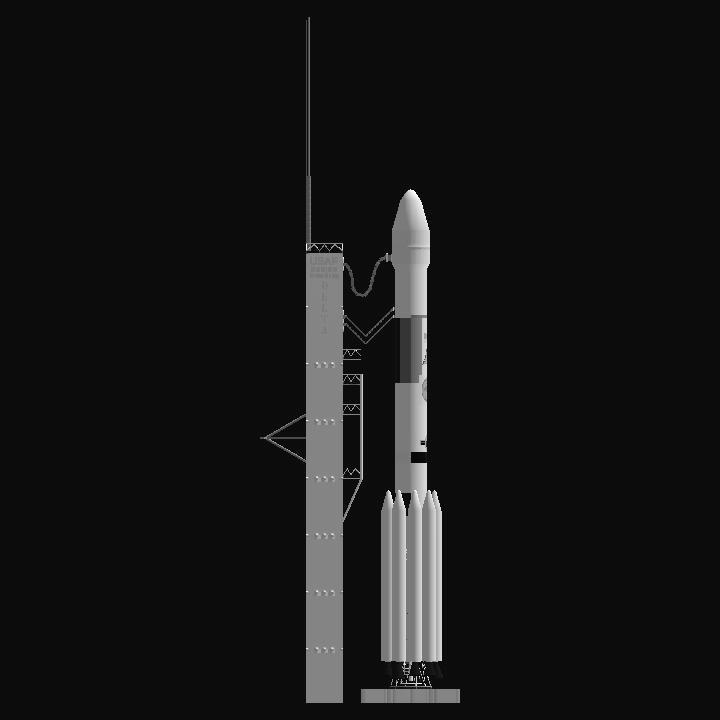

Nice now make shenzhou and long march Rocket